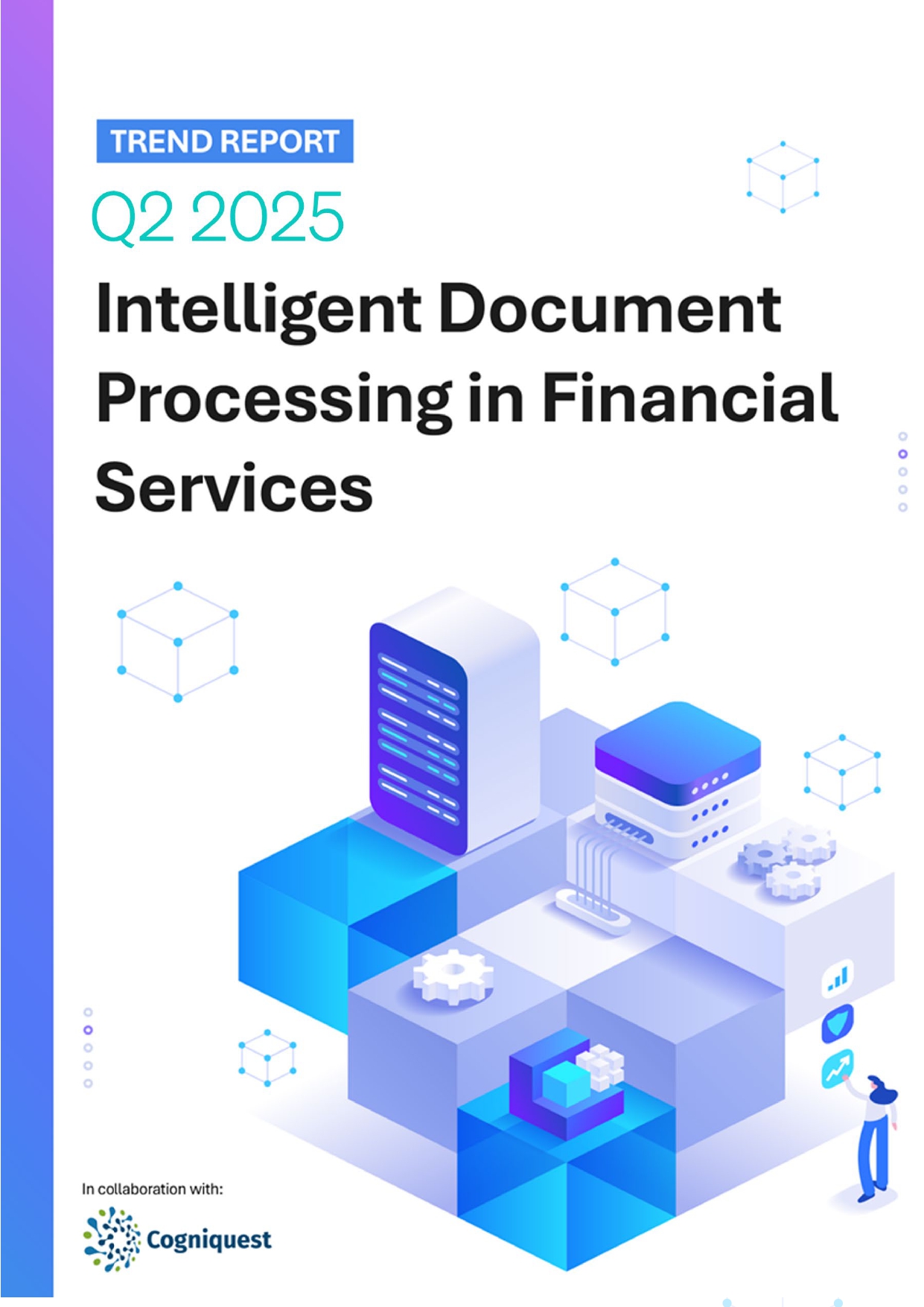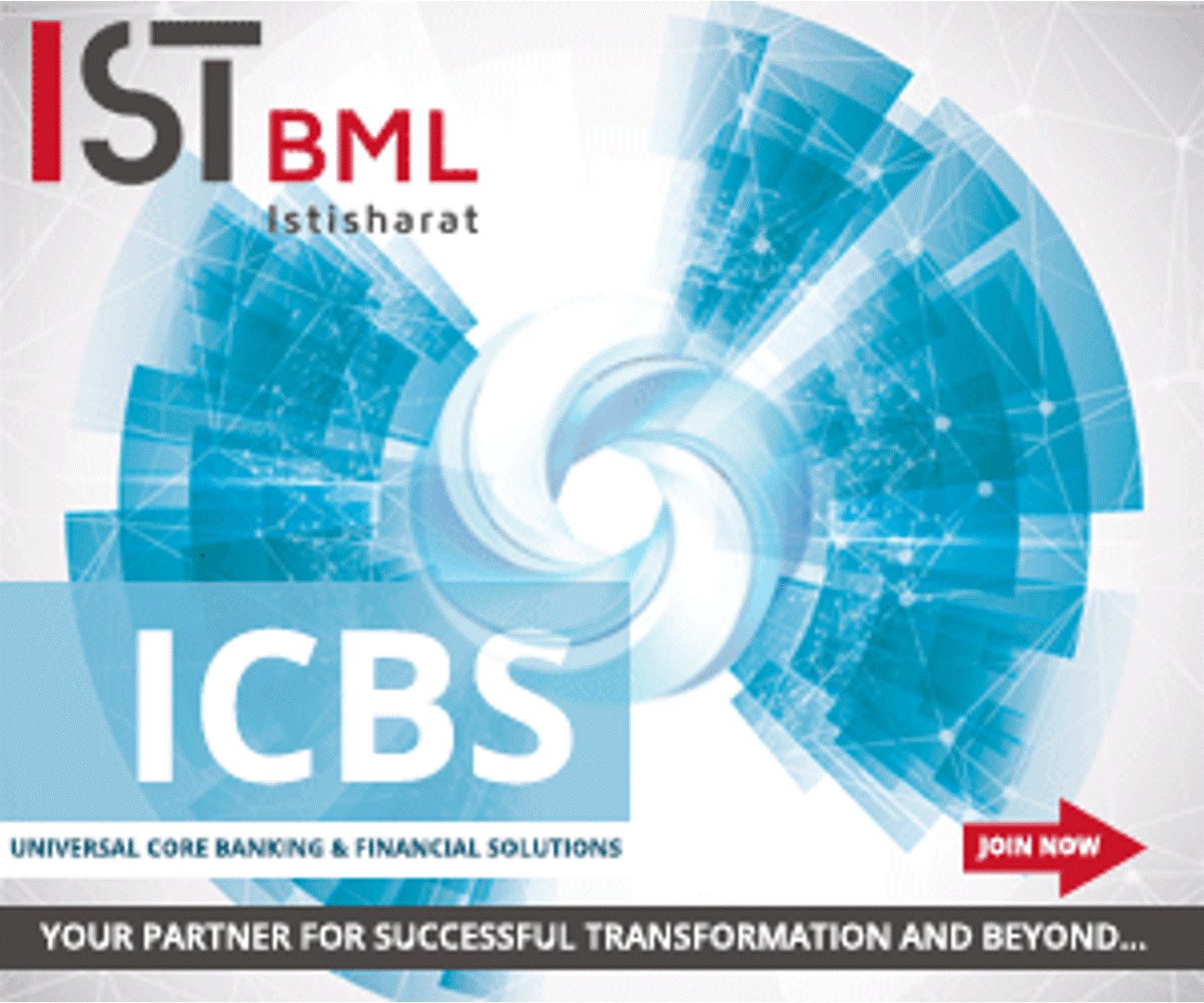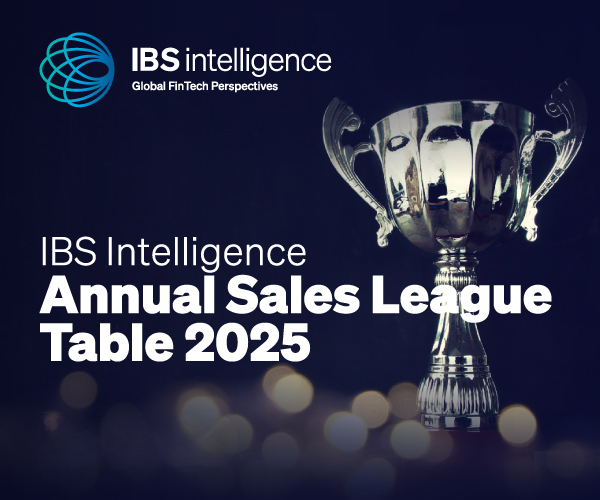 Back
Back
Find, build and deliver innovation: Interview with Martin Bailey of Temenos
By Gaia Lamperti
Last month, IBS Intelligence joined the Temenos Community Forum 2022 in London, the firm’s flagship event aimed at C-level and senior executives from banks and financial services. We met with Temenos’ Director of Innovation and Ecosystem, Martin Bailey, and asked him about the company’s approach when it comes to implementing innovative technology and the power of partnerships within the ecosystem.
What is exactly the role of an Innovation Officer?
I’ve been at Temenos for 22 years, and I was a Product Director of enterprise technology for quite a long time. Then, a few years ago, I took on an innovation role and started something called the Temenos Innovation Hub with the aim to look outside the product team’s toy box and see what other technologies are out there. We do a lot of research and help the product team to adopt the best available technologies, by making it easier to integrate with exchange partners. We do it in a very comprehensive way, considering all of the terminal products. I also run the Temenos Exchange…
Could you tell us a bit more about this platform?
At Temenos, we had to recognise that we can’t invest in everything, and we do not want to invest in everything. What we want is to stay true to our speciality, so there is a whole area of capabilities that we know that banks are going to want but we aren’t necessarily the right people to supply them. For this reason, we set up the Temenos Exchange for our complimentary solution providers and other partners out there that might fit in very nicely with our software and build an overall solution.
We obviously do a certain amount of curation to make sure we’ve got the right companies on the Exchange, we put them in touch with our marketing team and introduce them to our pre-sales teams around the world because they’re the ones that talk to prospects clients all the time. If they see an opening to position one of these partners, then they’re incentivised to do that. The other thing we do is integrate them using standard integration patterns and we build them into the Temenos banking cloud.
How would you define the process of bringing innovation? How do you come up with a truly disruptive idea and what is the process to get there and implement it?
Everything starts with the question that we’re trying to solve, and there are even times when we don’t even know the question at all. But if we do, which is the simpler case, we start by codifying a document with the hypothesis of what we are actually trying to prove and we offer a business case. It’s not a long process, usually, it takes about 8 weeks from start to finish.
After that, we come up with yes or no answers and hand them over to the product guys. Sometimes the answer is that a new technology is not ready or not the right one for us, but we still do the handover because it helps the rest of the team to understand what’s out there and it stops someone else from going down a blind alley.
If the answer is yes, instead, we go through a process that we call the ‘innovation proof of concept’ and that starts off with a design thinking exercise when we interview the target end-users and explore their expectations as well as their frustrations. We always try to think of what we could do to solve some of these frustrations and what we could build to help with these problems. We then play it back to the customers and look for feedback. The idea is that we’d like to hit the spot from the target audience before even writing a line of code. After that, we put together the solution map and that’s when we let the exchange partners come in.
And how are these partners helping to tailor solutions and meet client expectations more effectively?
We realised that a solution only really comes alive when you combine it with partner offerings, especially when you combine it with many of them, because there’s a cumulative value effect. Also, often having the composability, means that we’ll be able to develop a solution in a much easier way and much more quickly. The SaaS providers, in particular, are very important in helping us find a reference architecture. They truly nail one niche so help us optimise several areas.
Are there any initiatives or projects of Temenos’ Innovation Hub that you’d like to highlight?
A great example would be the Temenos Virtual COO. During an SMBs-focused event in October 2019, we run a hackathon and were approached by Canadian Western Bank to implement the winning idea of the competition. So, we went through the whole process in a lot more detail with them to create a virtual COO which could offer open banking-driven data aggregation with real-time insights for SME owners to take control of their business growth and, ultimately, enable smarter funding.
IBSi FinTech Journal

- Most trusted FinTech journal since 1991
- Digital monthly issue
- 60+ pages of research, analysis, interviews, opinions, and rankings
- Global coverage
Other Related News
Related Reports

Sales League Table Report 2025
Know More
Global Digital Banking Vendor & Landscape Report Q2 2025
Know More
NextGen WealthTech: The Trends To Shape The Future Q4 2023
Know More
Intelligent Document Processing in Financial Services Q2 2025
Know More



